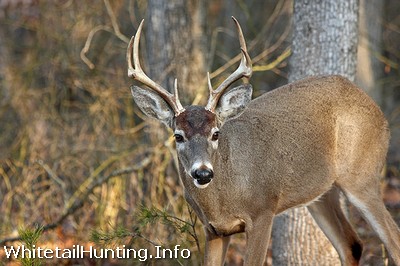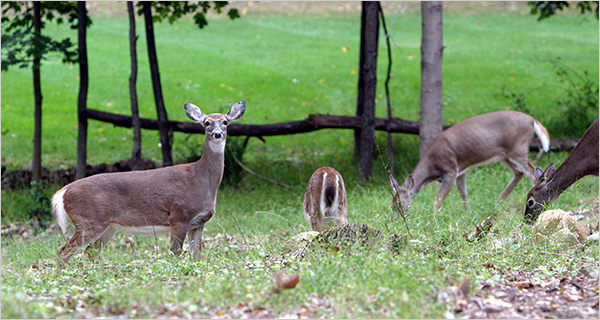CWD Found in Limestone County
It’s been a dry year, but CWD is the one thing moving through Texas faster that a late-summer wildlife. A recent news release shared that state officials found CWD in Limestone County deer. Texas Parks and Wildlife Department (TPWD) and Texas Animal Health Commission (TAHC) discovered Chronic Wasting Disease (CWD) in a deer breeding facility in Limestone County. This marks the first positive detection of the disease in the county.
As part of a required CWD surveillance program, samples from four deer were detected with CWD prions by the Texas A&M Veterinary Medical Diagnostic Laboratory in College Station on September 5. The National Veterinary Services Laboratory in Ames, Iowa confirmed CWD in two of these samples on Sept. 13 and should complete testing of the other two samples soon.
In early September, CWD was found in Gillespie County. Now, Limestone County is the latest to be added to the list. The increase in CWD positive deer within Texas may suggest an increase in the rate of spread.

CWD Sampling in Limestone County
Animal health and wildlife officials have taken action to secure the facility and identify and notify other breeding facilities that received deer or shipped deer to this facility in the last five years.
“TPWD and TAHC are taking this situation very seriously,” said John Silovsky, Wildlife Division Director for TPWD. “Fortunately, these positive cases were detected early, and we have a good sample distribution across the facility. At this time, CWD appears to be contained to one pen within the facility.
Animal health and wildlife officials will continue to investigate to determine the extent of the disease within the facility and mitigate risks to Texas’ CWD susceptible species. Quick detection of CWD can help mitigate the disease’s spread.”
CWD in Limestone County Means a Check Station
TPWD officials are developing surveillance zone boundaries that may include portions of Limestone, Hill, Freestone and Navarro counties. CWD zones are an effective strategy for managing and containing the disease. Hunters in surveillance and containment zones must take harvested CWD susceptible species to the Limestone County check station or otherwise meet submission requirements. Testing animals during the deer hunting season will allow the officials to determine the prevalence of CWD in Limestone County deer.
TPWD will provide additional information to landowners and hunters within the surveillance zone regarding CWD sampling locations and options to have their deer or other CWD susceptible species tested (there is no cost to the hunter for this CWD testing). A public meeting will be held in Limestone County prior to implementation to provide the details of the zones and CWD management.
“Surveillance is an essential part of managing CWD,” said Dr. Andy Schwartz, TAHC Executive Director and State Veterinarian. “While the disease’s incubation period poses challenges, quick detection can help mitigate the disease’s spread and protect cervid populations in Texas.”
Testing for CWD in Limestone County
Testing for CWD allows wildlife biologists and animal health officials to get a clearer picture of the prevalence and distribution of the disease across Texas. Proactive monitoring through CWD sampling improves the state’s response time to a CWD detection and can greatly reduce the risk of the disease spreading further to neighboring captive and free-ranging populations.
TPWD and TAHC encourage hunters outside of established surveillance and containment zones to voluntarily submit their harvest for testing at a check station, for free, before heading home from the field. A map of TPWD check stations can be found on the TPWD website.
